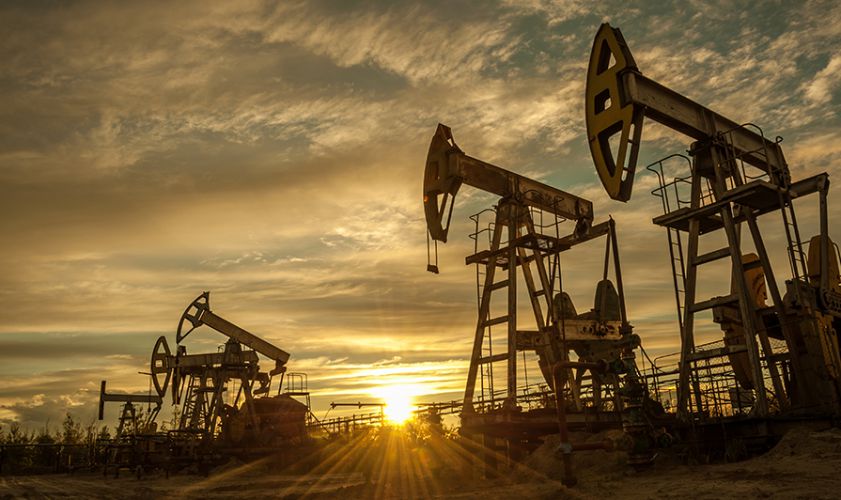Five Common Fracking Facts And Myths
The implementation of fracking or hydraulic fracturing has become the preferred method for extracting oil and gas across the world since it first started gaining widespread prominence in the early 2000s. The reason why it’s become such a commonplace practice is because it’s cost-effective, and has allowed the United States to tip the scales of global oil and gas trading back in our favor. There are, however, a few misconceptions floating around when it comes to fracking that have given this practice a bad reputation. Listed below are some important facts to help bring forth the truth about fracking.

Common Fracking Myths Busted
Myth#1: Fracking causes contamination of drinking water
The Reality: While it’s true both drinking water and oil and gas deposits are obtained from belowground, fracking has no real impact on the former. The process of fracking requires horizontal drilling at depths between six to ten thousand feet below ground, as these pockets of oil and gas are buried deep under the earth’s surface. Drinking water is usually found only a few hundred feet below the ground. Part of this myth propagates the idea that contaminants seep up through the earth’s surface and into freshwater pockets, but this simply isn’t true. There are thousands of feet of rocks preventing this from happening. So, in conclusion, is fracking safe when it comes to drinking water contamination? Absolutely.
Myth#2: Fracking leads to damaging earthquakes
The Reality: While it is true fracking can result in earthquakes, they are typically small-scale tremors that can’t even be felt, much less cause any damage. Those who claim that fracking can result in devastating earthquakes capable of bringing down buildings large scale damage are perpetrating a popular, yet unfounded fracking myth. Even the US Geological Survey agrees, saying, “Fracking causes extremely small earthquakes, but they are almost always too small to be a safety concern.”
Myth#3: Fracking uses up too much water
The Reality: It is true that fracking requires a large quantity of water to be pumped into the deposit site, but a majority of that water is reusable. As this Federal Environment Protection Agency or EPA resource shows, fracking uses water more efficiently for energy production than coal plants, nuclear plants, and conventional oil extraction.
Myth#4: Fracking Releases Dangerous Chemicals into the Ground
The Reality: Fracking liquid that is sent into wells is mostly made up of water with small traces of sand and specific chemicals to improve the efficiency of the fracking process. A vast majority of the fracking liquid used is recovered and treated. The fact is that most – if not all industrial processes – use chemicals. However, there are strict government directives in place to ensure that industries, including fracking, don’t cause any lasting damage to the environment.
Myth#5: Fracking Causes Tap Water to Become Flammable
The Reality: This is one of the more absurd fracking myths floating around. There have been claims that methane contamination can cause tap water to become flammable in areas close to fracking wells. But this is easy to disprove. As this article published by a Colorado-based non-profit explains, “Contamination is not present or that the methane comes from biogenic sources and is not attributable to oil and gas production.” There you have it, tap water is not rendered flammable due to fracking. Another fracking myth busted.
We hope this list of fracking facts gives you a more balanced perspective on the effects of the fracking process and clears up any doubts you may have had regarding the fallout from hydraulic fracturing. We’ll also note that we offer frac tanks that can be used to ensure safe storage and transport of fracking fluids to treatment plants to further reduce the risk of contamination caused due to spillage. Request a quote to find out more.